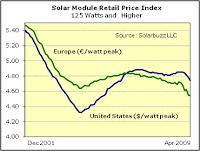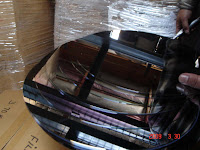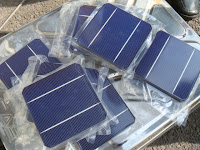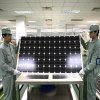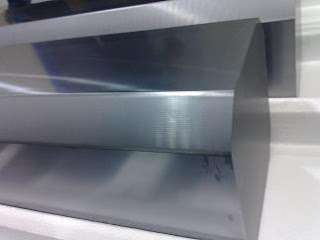MEMC confirms 50% fall in sales for first quarter

Although not releasing full financial results until April 23, MEMC has reported that its first-quarter revenues will be approximately US$214 million, a 50% decline from the previous quarter. The company had guided a 50% fall during last quarter’s conference call. However, gross margins are expected to be approximately 9% of sales, compared to the company's previous outlook of declining to the 20% range. In the last quarterly conference call with financial analysts, MEMC executives noted that sales from the higher priced semiconductor market were the primary cause of the hit on margins. Semiconductor fab utilisation rates and fab capacity have fallen in the first quarter, according to a report from Future Horizons. The fall in gross margins could also be attributed to revised contract prices both in the semiconductor and photovoltaics markets as well as lower utilisation of polysilicon and wafer production at MEMC, pushing operating costs higher. MEMC had claimed that it was retrea
